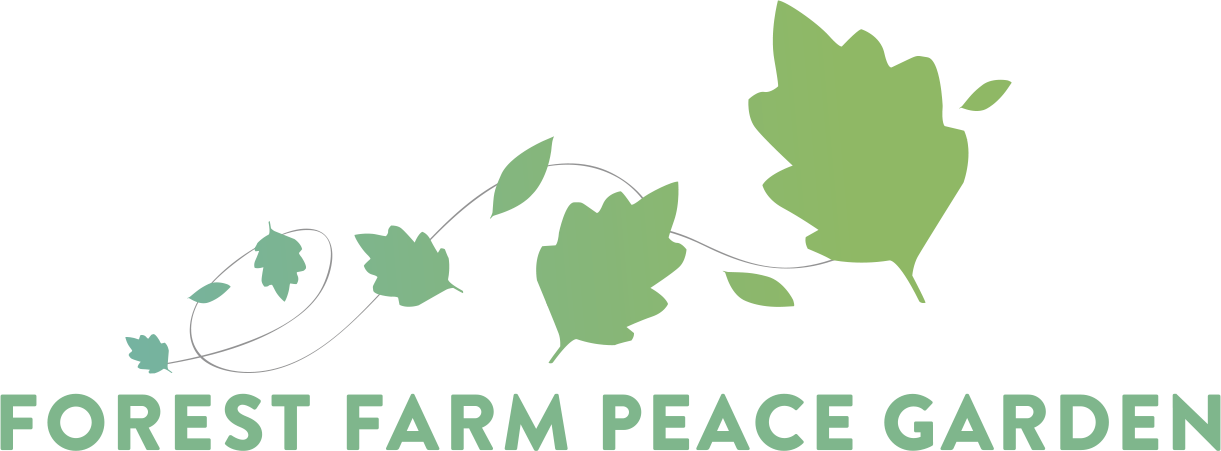Common Name Marshmallow
Genus & Species Althaea officinalis (L.)
Family Malvaceae
Other Species Other related species include the Common Mallow (Malva sylvestris), Musk Mallow (Malva moschata), Hollyhock (Alcea rosea) and Hardy Hibiscus or Rose of Sharon (Hibiscus syriacus), all of which have similar uses.
Range and Habitat Native to much of Europe, western Asia and northern Africa, marshmallow inhabits the upper margins of salt and brackish marshes, sides of ditches and grassy banks near the sea. More commonly found in cultivation than in the wild.
General ID As a herbaceous perennial, the stems, which die down in the autumn, typically grow 90cm to 1.2m, but can reach 2m, and put out only a few lateral branches. The leaves are have short stems and are roundish 50 to 75 mm long, and about 3cm broad, entire or three to five lobed, irregularly toothed at the margin, and thick. They are soft and velvety on both sides, due to a dense covering of hairs. The flowers are 5 petals anare shaped like those of the common mallow, but are smaller pale in colour. The stamens are united into a tube, the anthers, kidney-shaped and one-celled. The flowers bloom during August and September, and are followed, as in other species of this order, by the flat, round fruit which are popularly called "cheeses".
For food… The leaves can be eaten raw or cooked. They are used as a potherb or to thicken soups due to their mucilaginous texture. The root can also be eaten raw or cooked, and in Syria they are said to make a palatable dish when boiled and then fried with onions it is that is often used in times of shortage. The root is also dried then ground into a powder, made into a paste and roasted to make the sweet 'marshmallow' confection which has inherited the plant’s name. The root contains about 37% starch, 11% mucilage, 11% pectin. The water left over from cooking any part of the plant can be used as an egg-white substitute in making meringues etc. by boiling until it has a similar consistency to egg white. A tea is made from the flowers or from the root. As with many mallow species, the seeds or ‘cheeses’ can be eaten raw or toasted as a snack.
For healing… Marshmallow is a very useful household medicinal herb. Its soothing demulcent properties make it very effective in treating inflammations and irritations of the mucous membranes such as the alimentary canal, the urinary and the respiratory organs. The root counters excess stomach acid, peptic ulceration and gastritis. It is also applied externally to bruises, sprains, aching muscles, insect bites, skin inflammations, splinters etc. The whole plant, but especially the root, is antitussive, demulcent, diuretic, highly emollient, slightly laxative and odontalgic. An infusion of the leaves is used to treat cystitis and frequent urination. The leaves are harvested in August when the plant is just coming into flower and can be dried for later use. The root can be used in an ointment for treating boils and abscesses. The root is best harvested in the autumn, preferably from 2 year old plants, and is dried for later use. The German Commission E Monographs, a therapeutic guide to herbal medicine, approve Althaea officinalis Marsh Mallow for irritation of mouth and throat and associated dry cough/bronchitis (Root and leaf), mild stomach lining inflammation (root).
In culture… The dried root is used as a toothbrush or is chewed by teething children. It has a mechanical effect on the gums whilst also helping to ease the pain. The root is also used as a cosmetic, helping to soften the skin. A fibre from the stem and roots is used in paper-making and cordage. The dried and powdered root has been used to bind the active ingredients when making pills for medicinal use. A glue can be made from the root by boiling it in water until a thick syrup is left in the pan, this syrup is used as a glue. An oil from the seed is used in making paints and varnishes. The genus althaea is a Greek term that means “heal” or “stimulating the body’s own healing abilities”. The species name officinalis complements the genus, indicating its use in mediaeval pharmacopoeias.
For wildlife… Marshmallow flowers are nectar rich and attract many insects including Honeybees (Apis mellifera), Bumblebees (Bombus sp.) and are notable for attracting the Painted Lady butterfly (Vanessa cardui), Mallow Moth (Larentia clavaria) and it is the larval foodplant of the rare Marshmallow (Hydraecia osseola).
At FFPG… It can be found in FFPG in the forest garden, the edge of the chill-out area and the herb spiral..
Disclaimer:
This is intended for information only. FFPG, its staff, trustees and volunteers do not make any claim as to the safety or efficacy of plants listed for medicinal purposes and do not encourage the consumption or use of any of the plants listed herein. Anybody wishing to use plants for medicinal effect is advised to consult their medical professional.
Marshmallow flower


